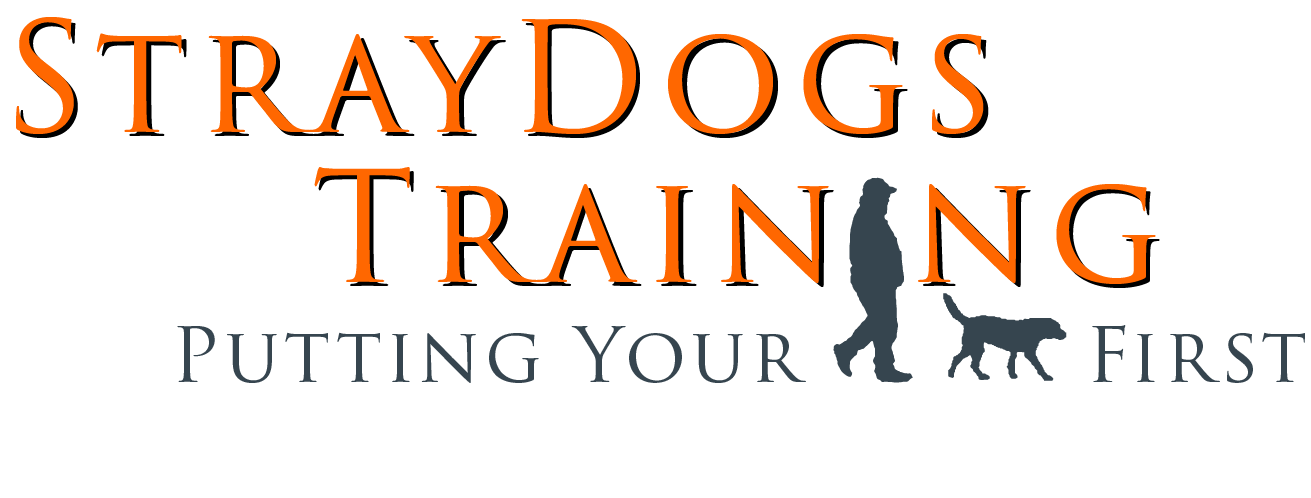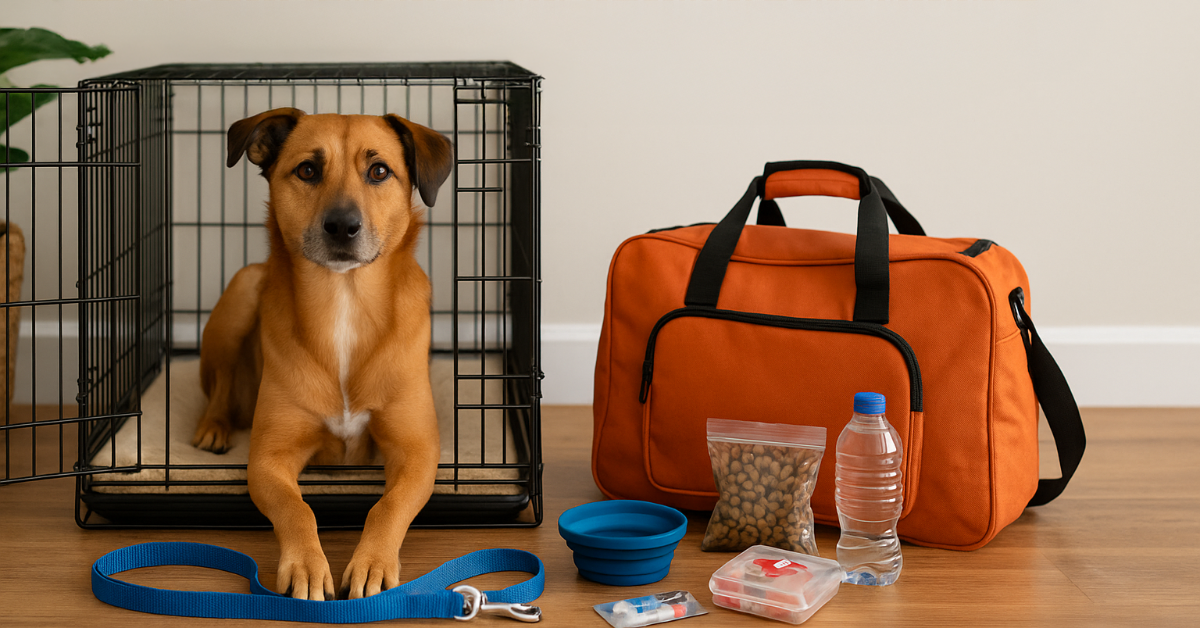Emergencies can happen when you least expect them—natural disasters, sudden evacuations, car accidents, or unexpected vet visits. While we cannot always predict when disaster will strike, we can prepare our dogs to cope with high-stress situations. This post will walk you through the most important training skills to help your dog stay calm and responsive when everything else feels chaotic.
Why Emergency-Ready Training Matters
When disasters strike, untrained or fearful dogs can panic—making it harder to keep them safe. Whether you are evacuating due to a tornado, rushing to the vet, or stuck in a car during a power outage, your dog’s behavior can make or break your response time.
Primary skills like crate comfort, vet handling, car rides, and impulse control are more than training goals—they are survival tools.
Crate Comfort: Your Dog’s Safe Space
In an emergency, a crate-trained dog is easier to move, house temporarily, or board. Crates also protect dogs from injury in vehicles or shelters and reduce stress by offering a familiar environment.
Key Crate Training Goals
- Crate should equal calm: Build positive associations with the crate using meals, treats, and chew toys.
- Train for duration: Start with short intervals and increase gradually.
- Practice on the go: Load your dog into the crate and practice entering/exiting the car.
Pro tip: Keep your crate accessible and ready to load in the car during tornado season or evacuation alerts.
Vet Handling: Tolerance for Touch and Tools
Emergency vet visits are not the time to realize your dog fears being restrained, touched, or handled by strangers. Training for vet handling builds trust and reduces trauma in urgent medical situations.
Skills to Practice
- Restraint tolerance: Gently practice holding your dog in positions similar to what a vet tech may do.
- Tool desensitization: Introduce thermometers, stethoscopes, and nail trimmers at home.
- Table or mat training: Get your dog comfortable standing still on elevated surfaces or exam mats.
Make it a game: Use treats and calm praise while mimicking vet movements.
Car Rides: Confidence on the Go
From evacuations to vet trips, car travel is often unavoidable during emergencies. Unfortunately, many dogs associate the car with stress or get motion sickness.
Build Car Ride Confidence
- Start with low-stakes trips: Take drives to fun places—parks, trails, or just around the block.
- Use safety restraints: Train with a crash-tested harness or crate.
- Work on loading/unloading: Practice getting in and out of the vehicle calmly on cue.
If your dog gets car sick: Try short trips with airflow and no food for at least 2 hours before travel. Talk to your vet about medication if needed.
Impulse Control: The Life-Saving Skillset
Impulse control can literally save your dog’s life—especially in chaotic or high-stress environments. Dogs that can stay, wait, or leave things on command are much easier to keep safe in unpredictable situations.
Top Impulse Control Behaviors to Teach
- Wait at doors and crates
- Leave it and drop it
- Stay on command (even amid distractions)
- Recall—even when scared or distracted
Incorporate games like:
- “It’s Your Choice” (teaching self-control around treats)
- “Pattern games” (predictable, calming sequences from Control Unleashed)
Bonus: Your Dog’s Emergency Go-Bag
Every household should have a go-bag ready—and that includes your dog. A training-friendly dog go-bag should support both physical and emotional comfort.
Dog Go-Bag Essentials
- Collar and leash (backup set)
- Crate or soft carrier
- Vaccination and ID records
- Recent photo of your dog
- 2–3 days’ worth of food and collapsible bowl
- Water and travel-safe bottle
- Medication (with instructions)
- Chews, enrichment toys, or comfort items
- Poop bags and disinfecting wipes
- Muzzle (in case of injury or handling needs)
- Training treats and clicker/marker tool
Tip: Keep your dog familiar with the bag contents. Use the crate and toys from the go-bag periodically at home so they smell and feel familiar under stress.
Final Takeaway
Disaster-proofing your dog is not about fear—it is about freedom. With the right training, your dog becomes easier to protect, quicker to recover, and more adaptable in emergencies. Crate comfort, vet handling, car travel, and impulse control are the pillars of this resilience.
You do not need to train for chaos all at once—start with one skill this week and build from there.
Ready to Prepare Together?
StrayDogs Training offers private sessions focused on real-life preparedness, whether your dog needs help with car desensitization, vet tolerance, or building reliable calm in the crate.
Schedule your personalized consult today

